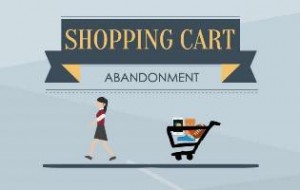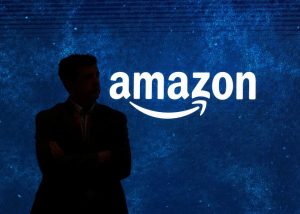The further a digital asset and its metadata are moved from the DAM, the more likely it is to be corrupted.
Remember playing Telephone (a/k/a Whisper Down the Lane) as a kid?
That’s where you whisper a sentence into the ear of someone else who whispers it to someone else and it continues until reaching the end of the line. The last person then announces what they heard to see how similar it is to the original. Spoiler alert: It was almost never the same. In some cases the end result would be so vastly different it was completely unrecognizable from the source material.
It’s common to hear a company’s digital asset management system (DAM) referred to as the “single source of truth” for all its assets. It should be your first and only stop when you need the current, approved version of an asset. But what happens when you download that asset and then upload it into one or more separate systems or sites? If that asset is updated how do you update the copies in all those other locations?
Then it’s very easy to end up in a situation similar to what happens in Telephone.
The further the asset and its metadata move from the DAM, the more likely it is to be out of date. Every time you take an asset from your DAM and manually upload it to another system, you introduce risk. The metadata may be incorrectly entered or fall off completely, file names may get changed. Without those, you lose any record of what’s being done with that asset in terms of when, where and by whom. The harder it is to keep track of, the less consistency across your brand management.
Uploading the same asset in multiple locations is not only risky, it’s inefficient. Each upload is a redundant task. Employee time is better spent on work that provides more value. Remember, storage space isn’t unlimited and it isn’t free. More copies can get you more expenses for more storage capacity.
No DAM is an island
A key way to minimize risk, maintain content consistency, create efficiencies and increase the overall ROI of your DAM is having it integrated with your other tools and systems.
Do you have any of these tools that are (or should be) utilizing assets from your DAM?
- Brand management platform
- Content management system (CMS)
- Customer relationship management system (CRM)
- Enterprise risk management system (ERM)
- Marketing automation
- Product information management system (PIM)
- Social media management tools
Do you know how well they are integrated with your DAM? If you don’t, you should.
Don’t limit your integrations to systems and tools downstream of your DAM. Yes, you want the DAM to be pushing that final, approved asset directly to as many places as it’s needed, but what’s upstream of it? What workflows exist around your content creation, collaboration and approval processes? Also, consider these systems and tools as possible integration candidates:
- Design software and/or document creation tools
- Project management software
And what about analytics? Having an integrated, automated way to track your assets after they leave your DAM can show you how your marketing is doing in real time and allow you to put a tangible value on your assets. Your DAM likely has the capability to let you know how many times an asset was downloaded, but then how many times was it used after that? How many eyes saw it and where? The more visibility you have into when, where and how an asset is being used, the more effective you can be in both crafting your digital strategy and finding efficiencies by reusing successful content.
Drawing the map
Once you’ve identified the systems and tools you want to integrate with your DAM, where do you start?
I suggest focusing on metadata. The metadata schema in your DAM is defined and in order, but how does it look in the other systems you’ll be integrating with? Aligning metadata across all your systems is not only best practice for data governance and supporting metadata integrity, but it’s also essential for a smooth connection between systems. If your metadata isn’t aligned across your systems, it’s equivalent to putting a group of people who all speak different languages in a room together and expecting them to immediately communicate seamlessly. Sure, they’ll eventually figure it out, but it’s going to be a long, bumpy road until then.
If you’re preparing to integrate your DAM with another system, you’ll want to ask yourself these questions about metadata:
- If assets are coming into the DAM from an upstream system or tool, what metadata will be coming with them? Is there metadata added in the DAM that could or should be added in that upstream stream system?
- Once the asset arrives in the DAM, what additional metadata may need to be added to it?
- For each downstream system you’re integrating with, what metadata needs to go with the asset? Which fields need to be mapped from the DAM to the downstream system?
Once you’ve defined which metadata fields will be mapped across your systems, you’ll want to align both the field names and any controlled vocabularies attached to those fields. Having one system that uses a specific term associated with your brand and another system that uses the acronym for that term is a recipe for confusion. Get everyone speaking the same language.
Giving you room to grow
Integrating your DAM isn’t just a nice to have, it’s a necessity. The DAM is your single source of truth, your central location for all your final approved assets ready to help you promote your brand messaging to the world. Integrations help you manage and control that messaging for the consistency of your brand voice. They also improve efficiency and minimize risk by automating manual, redundant tasks and promoting the reuse of existing content, giving team members more time to spend on valuable, creative work.
The post How to protect and leverage your single source of truth appeared first on MarTech.
MarTech(1)





